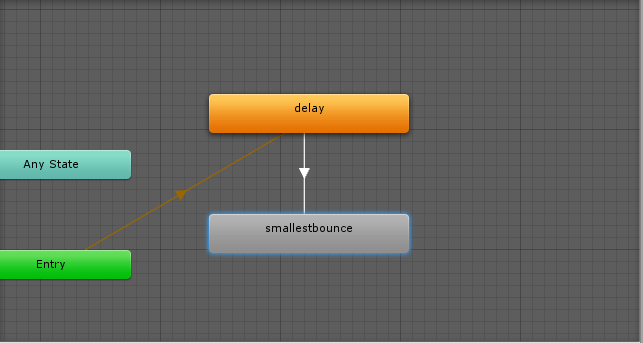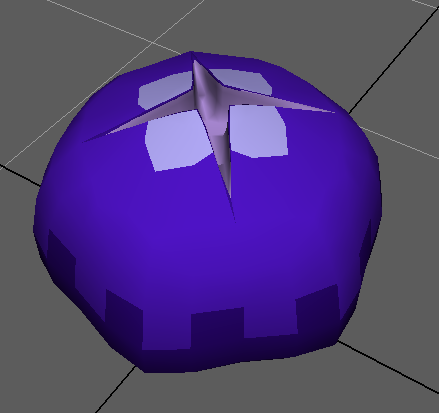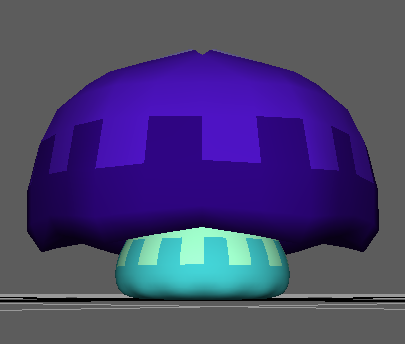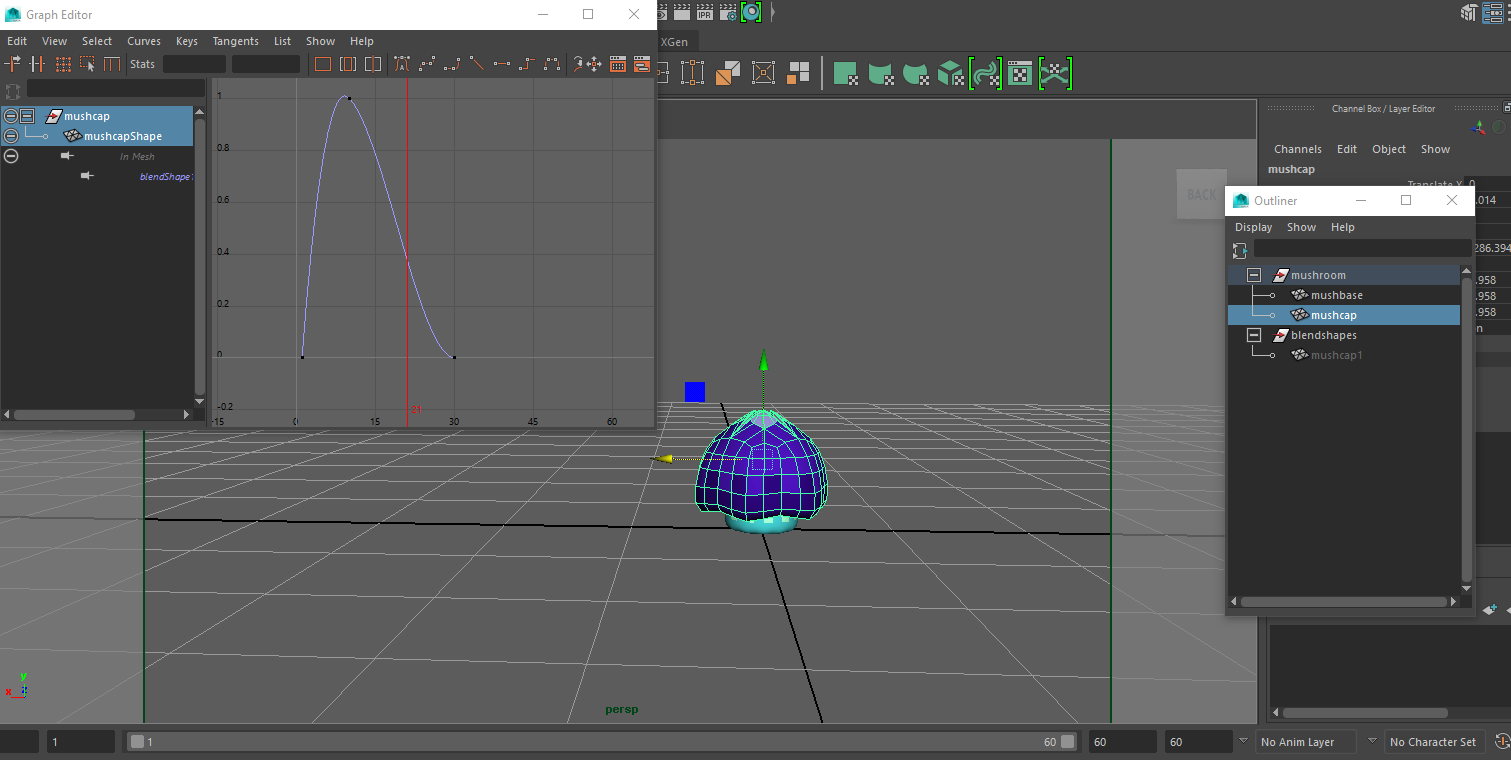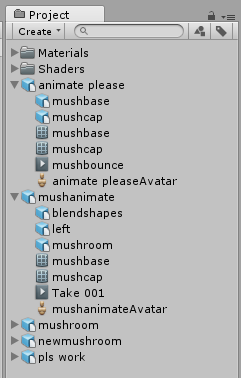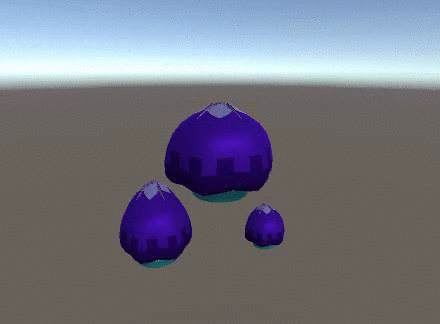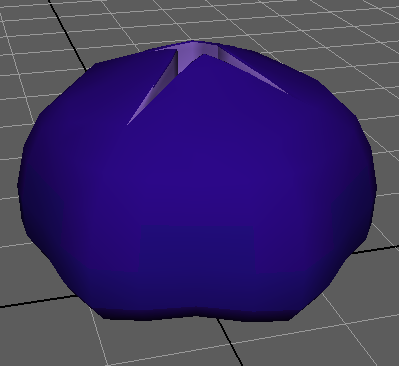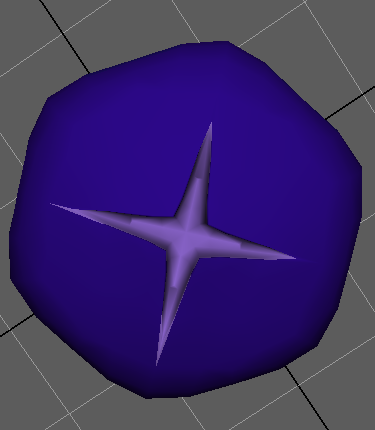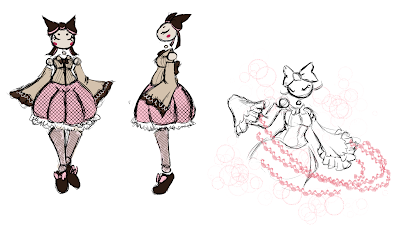LOLITA ANIMATE CC
{Working Title}
By Adrian Melster
TRANSDISCIPLINARY FRAMEWORK:
Lolita Animate will be a physical garment or full co-ordinate outfit that features the stages of animation in its composition and design. It will combine the garments and aesthetic of Lolita fashion with physical dressmaking and the animation process, starting from basic form to final cleaned up product.
Lolita refers to the practice of adult women dressing in excessively frilly, doll/princess/maiden inspired clothing (Younker 2011). It is a fashion trend that emerged in the mid to late 1990s and functions as a blanket term for a number of sub-styles (Classic, Gothic, and Sweet being the notable ‘main trio’), often referencing various forms of contemporary popular culture, including Western Goth subculture, manga, anime and Visual-kei (Monden, 2013). The Lolita aesthetic emphasizes features of Victorian-era girls’ dress, such as lace, ruffles, high necklines and voluminous skirts (Winge 2008). These form a very distinctive silhouette and present a refined, elegant, and doll-like appearance.
These aesthetics will influence the subject of an animation, and the physical garment(s) will represent the animation canvas similar to the way the digital artist would use programs such as Adobe Animate or Krita Animate.
CREATIVE PROCESS:
The Lolita Animate project aims to combine signature elements of Lolita Fashion with the process of creating an animation. I would like to explore the theme of ‘layers’ that the fashion and digital-art process both share in order to create an animation-inspired garment or co-ordinate.
The Lolita’s outfit, is made up of pieces and layers from the head to toe that must be co-ordinated together in order and place to create the overall ‘look’ that the Lolita is known for. For this project I am focusing foremostly on the skirt and the layers within that - first of material that forms the fluffy petticoats, and then the skirt itself, which serves as the final visual; a denser, detailed, and presentable layer. Other aspects of the outfit contain things such as matching colors, themes and the individual pieces of clothing to make it look like a well-organized whole.
Animation is similar, being made up of layers of art and individual frames, from sketchy basic shapes to rough frames and render passes, with the final completed drawing or animation being the only layer that the audience generally sees. Each of these is a frame in itself, conveying movement in spite of its disassembled state. The final pass has the potential for multiple layers as well due to aspects such as linework, color, order, and individually functioning pieces.
I am primarily focusing on the visual aspect and individual frames of these layers, and how they can be applied to the garment(s). Because of this, the final product will not be animated itself. I would like to experiment with the layout, depiction and subject matter of the animation process in relation to the garment, keeping it true to the Lolita aesthetic and appearance but still expressing movement and animation. The garments will also be handmade by myself, using tutorials provided by the online Lolita community.
SCOPE OF THE PROJECT:
Ideally the project will conclude with a completed petticoat and skirt (or multiples thereof) that feature the experiments with layers that I will be conducting over the course of the project. A complete Lolita co-ordinate outfit that reflects the animation stages and frames is another potential goal of this project, though it may be harder to achieve due to money constraints. I would like for the final garment to be something wearable that can be combined with other pieces of Lolita attire and still feel like a fashion piece, as well as convey the ideas and processes of animation used in the experiments. Results will be photographed and uploaded to social media sites such as Facebook, Blogger, and Tumblr, and the resulting garment(s) will be used and worn as a regular piece of clothing.
The animation component of this project will be completed using digital art programs such as Krita and Adobe Animate. These will be used to create the base frames and designs that will feature on the garment(s), and the explorative aspect will experiment with how these can be added to the clothing itself and still retain meaning. This animation will be limited to 25 frames (1 second) - a calculation based on the number of repetitions in the pattern of my own lolita garments. This restriction may change depending on my findings over the course of the project.
Each phase of the animation process will be saved and converted to an image sequence, which will serve as a template for the designs and layouts that I will be applying to my garments. This sequence will also feature on social media and be noted as a guide and inspiration for the pattern and shape that the garment takes, serving as a contrast between the physical and digital aspects of the final product.
As this project focuses on clothing as a base, a lot of it will have to be made physically - either by hand or with a sewing machine. The cost of material is something else I need to consider, and whether or not I can make a convincing garment with potentially cheaper materials. Patterns and tutorials for basic Lolita clothing are available for free online, and I intend to use these to create the garments for my project. I expect the first few attempts at creating clothing from scratch will not be the best, but I can use any early prototypes for practice experiments and exploring my capabilities and timeframe.
Other constraints and parameters to consider are my limited sewing ability, and the time it takes to make lolita garments. The skill I have to recreate something digital may also apply, as I feel fabric printing is not an option for me at this point. Because of this I may have to turn to traditional mediums such as inks or fabric paints, and will need to understand how it can be applied to different types of material.
Documentation of the process and records of change will be posted to Blogger.
OBJECTIVES OF THE PROJECT:
Through experimentation with layout, layers, and subject matter, a complete and functional garment will signify the success and end of this project. The piece must clearly express features of the animator’s process, and focus on the theme of layers, while still being a recognizable Lolita garment. For the animation component of this project, research will be conducted for the most suitable subject matter, and one final animation will be chosen out of 3-4 test animations for the print/decoration basis for the garment.
Quality will be measured on how presentable the garment is and whether or not I would feel comfortable wearing it in public. This mainly applies to the amount of ‘poof’ to the petticoat layer, and the neatness of the skirt’s design/print. A good petticoat produces a distinctive silhouette, and a good skirt should sit nicely on top of the petticoat while maintaining a distinguishable print. As long as the print does not look rough, rushed, or unrecognizable I will consider it a success. Animation must be fluid and utilize as many of the 12 principles as possible, and remain on-model and recognizable for all 25 frames.
In terms of the subject of the animation, I would like to create something simple that fits into the Lolita style/aesthetic. It must use aspects such as Lolita symbols/motifs, colors, and patterns. It must still be recognized as an animation, even in the form of its individual frames. It will be created in a combination of Adobe Animate and Krita - Krita for its easier sketchy style for rough frames and passes, and Animate for its stability feature and cleaner lines that would provide a much more refined final pass. These will be rendered out into an image sequence, which will then be applied to the garment. The subject and depiction of the animation is an area I would like to dedicate a decent amount of project time to.
As someone who is quite new to Lolita, I hope to gain a better understanding of the fashion itself, as well as learn how to better craft garments for my own personal wardrobe. I also feel as though I could use this project to improve on my basic understanding and technique of 2D animation and familiarize myself more with the programs involved in its use. I feel as though there is a lot I can learn from it overall, and I am eager to explore new ways of combining two subjects that I am passionate about.
Members of the Lolita community might take interest in the theme of animation I intend to use, and understand the struggle of making classy garments from scratch. The sewing and cosplay communities might also take interest in the way the garment is made and any shortcuts and issues I run into. This project could also find appeal amongst the abstract art crowd, as it stands out as an art piece due to the focus and treatment of layers that I am exploring. There is a significance to the idea of the layer and extra meaning behind it based on the process I am trying to show and describe, and I feel like other artists with similar projects would appreciate the effort put into that meaning.
PEER FEEDBACK:
The biggest challenge that this project will face is making sure that the garment does not simply turn into Lolita with an animation theme/print. I understand that many may assume it is so at first glance, and so peer feedback will help me get to a point where the observer’s interest is piqued enough to examine the deeper meaning.
I would like to use peer feedback to help influence the kind of displays and layouts I choose for the garment(s), as I want the final product to appeal to a wide variety of people. Their feedback is also important to the initial animation phase of the project and will help deciding what the most aesthetically pleasing and appropriate subject matter should be.
REFERENCES:
Fubari, N., Perkins, M., Krischer, O. (2013) Asia through Art and Anthropology: Cultural Translation Across Borders [book]. London, United Kingdom: Bloomsbury.
